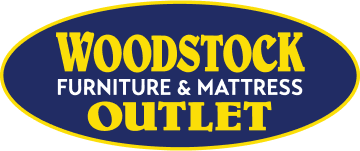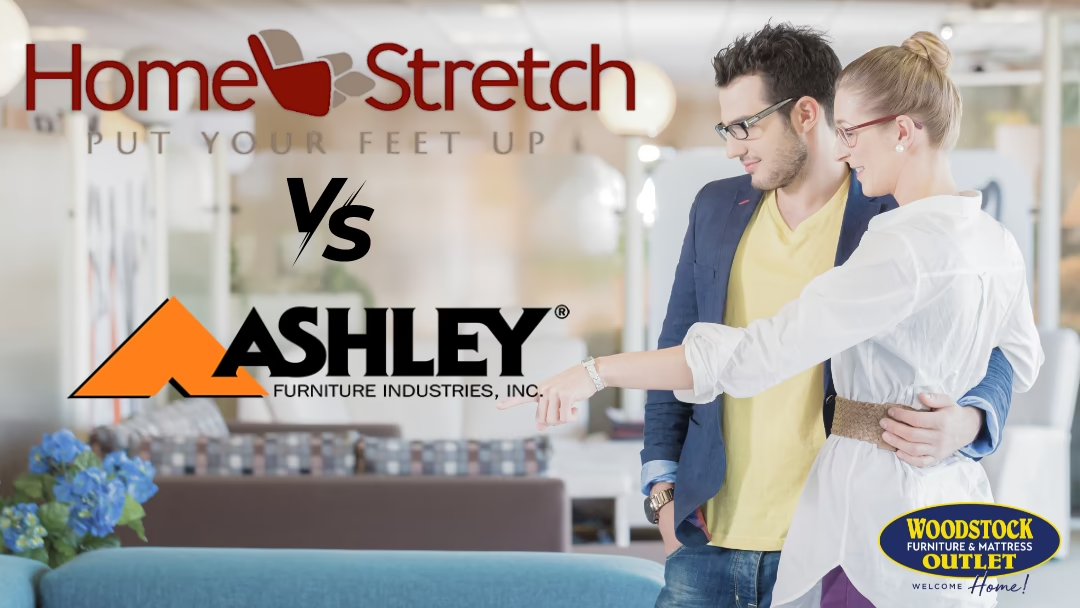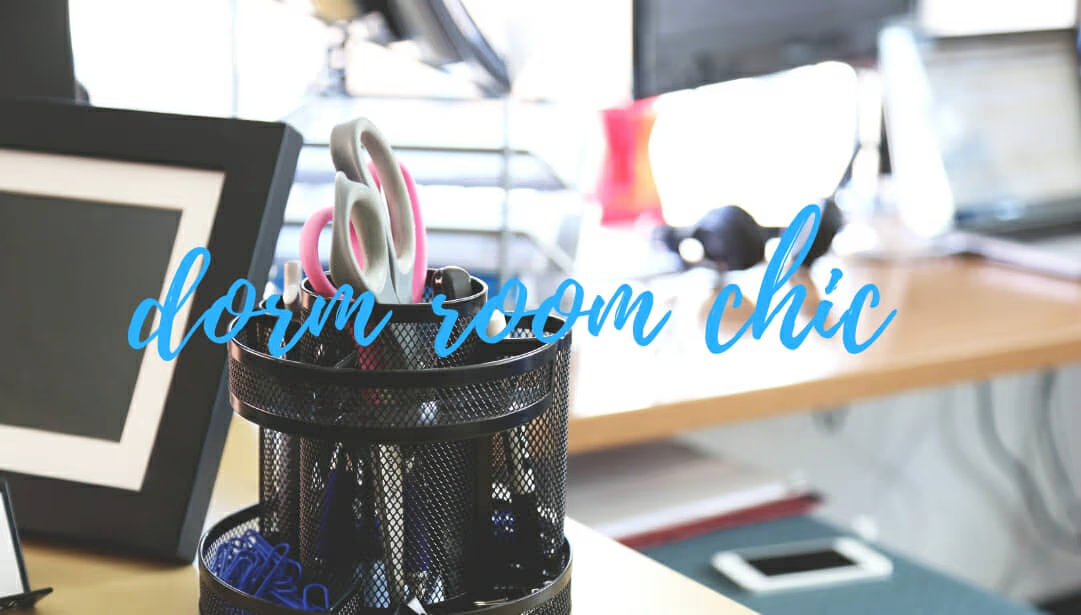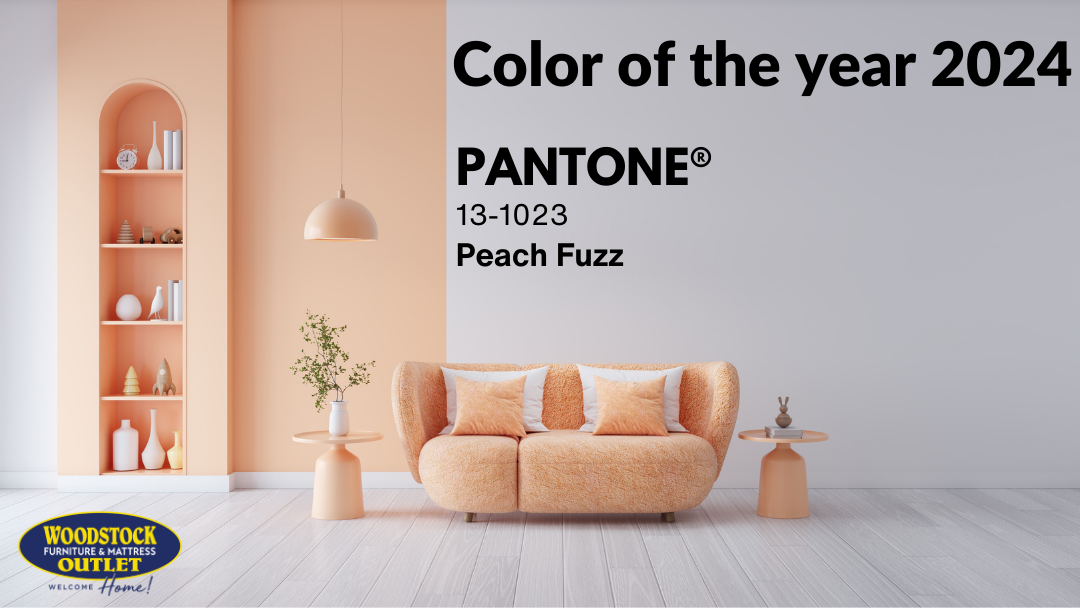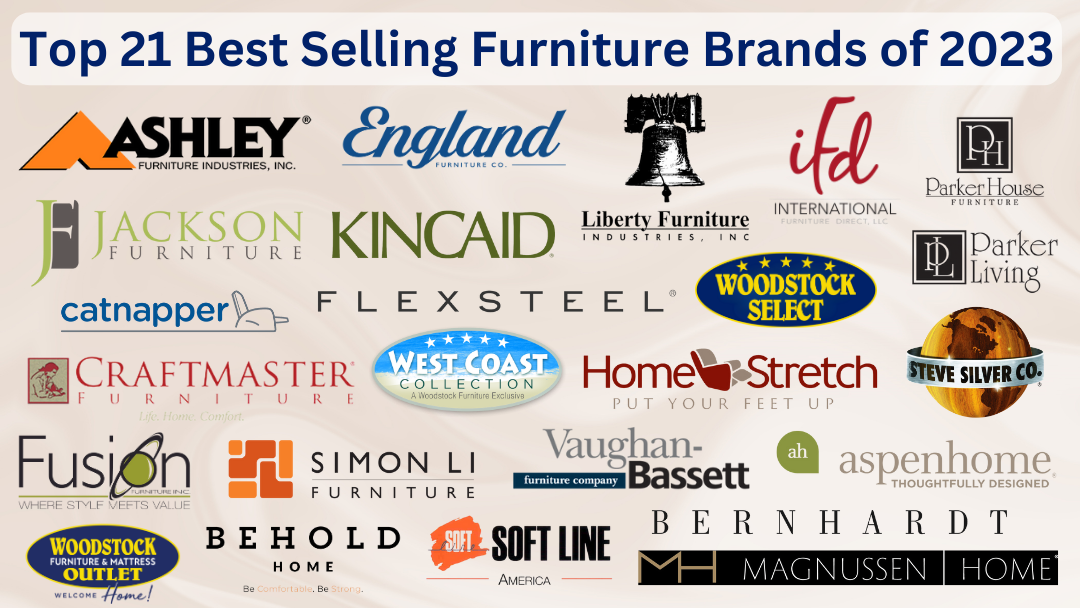If you’ve ever been shopping for a custom order sofa, sectional, loveseat or upholstered chair, there is a chance that you’ve heard the terms railroaded fabric or up-the-bolt upholstery along the way. If you’re here, there’s a good chance that you’re already asking yourself what these things are and what they mean for you as an upholstery shopper.
So, what is railroaded fabric? What is up-the-bolt upholstery? And what implications do they have for your choice of upholstery fabric? Unfortunately, there’s a distinct lack of consumer-facing resources out there regarding railroaded upholstery vs up-the-bolt fabric – but that’s where we come in.
First, we’re going to define these two fabric orientations and show you their differences. Then, we’ll discuss how they are used in furniture manufacturing and explore why this is a factor you should consider when selecting a fabric for your upholstered goods. By the end of today’s short article, you’ll have all the knowledge you need to make the right fabric choice for whatever upholstery project you’re working on!
What Is Up-the-Bolt Upholstery Fabric?
Up-the-bolt fabric, also known as vertical repeat fabric, is the traditional way upholstery fabric has been woven and rolled for ages. In this fabric orientation, the fabric's pattern runs up the roll, also known as the bolt, and is parallel to the roll’s edge (i.e. the selvage, or finished edge of the fabric).
When upholstering with up-the-bolt fabric, the pattern will run from top to bottom on vertical surfaces like the back of a sofa or chair. This is ideal for drapes and most upright upholstered furniture where vertical orientation of stripes or other patterns is desired.

What Is Railroaded Fabric?
Railroaded fabric, or horizontal repeat fabric, is woven so that the pattern runs across the roll, or perpendicular to the selvage. Imagine turning a bolt of fabric on its side. Better yet, imagine a set of railroad tracks where the selvage is the rails and the pattern runs across them like railroad ties – hence the name.
Railroading allows upholsterers to cover much wider panels like those on sectionals, sofas, long seat backs, or sofa cushions without any seams or breaks in the pattern. This makes railroaded fabric a better option for large-scale upholstery work.
Up-the-Bolt vs. Railroaded: Key Differences
Understanding the differences between up-the-bolt and railroaded fabric can make a big difference in how your custom upholstery looks once it’s finished. Up-the-bolt fabric has its pattern running vertically, parallel to the roll of fabric. This is ideal for pieces with upright surfaces like chair backs or drapes where a top-to-bottom orientation makes sense.
Keep in mind that most rolls or bolts of fabric are around 54 inches wide (although some may be slightly wider). That means that wider pieces upholstered with up-the-bolt fabrics will have a seam every 54 inches or so.
On the other hand, railroaded fabric has its pattern running horizontally, across the roll. This allows for much wider sections of furniture – like the back of a sofa or a long seat cushion – to be upholstered without any visible seams interrupting the pattern.
In short, up-the-bolt is great for traditional vertical alignment, while railroaded fabric is ideal when you want a continuous pattern across a wider horizontal surface. The best choice depends on the type of furniture you're customizing and the look you're aiming to achieve.
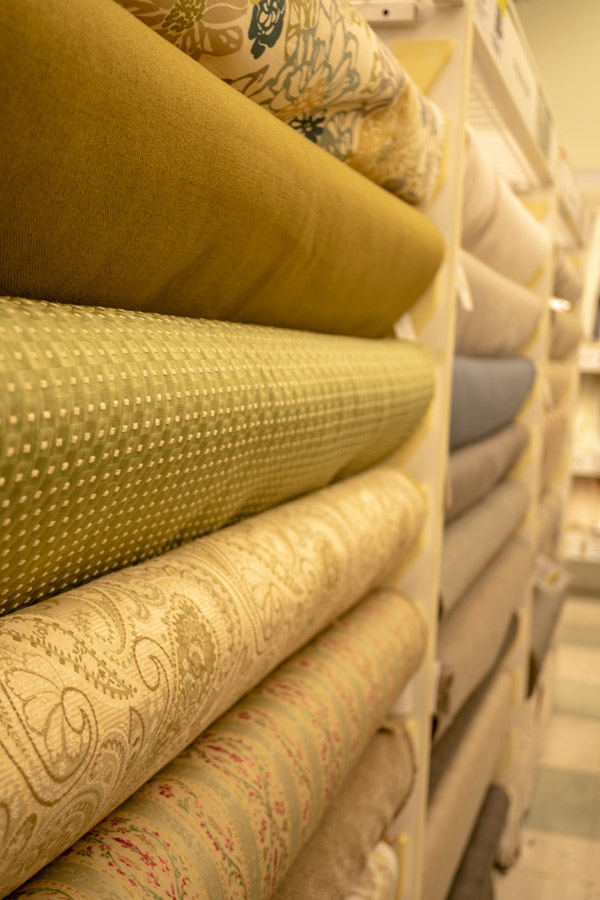
Why (& When) Does Fabric Orientation Matter?
Let’s say you’ve selected a striped pattern for your sofa. If that fabric is up-the-bolt, the pattern will run vertically, and it might require seams if the sofa back is particularly wide. However, if the same fabric were railroaded, the pattern would run horizontally, allowing a continuous flow across the back or seat without breaks.
By contrast, if you’re upholstering say, an accent chair, there aren’t the same limitations. Remember, it’s not about one being better than the other. It’s about what format works best for your particular furniture design and fabric choice.
Up-the-Bolt vs Railroaded: Final Takeaways
When choosing upholstery fabric, understanding up-the-bolt vs railroaded fabrics can help you make smarter decisions about the finished look of your furniture. As always, don’t hesitate to ask how a specific pattern will be applied to your custom piece.
- Whether you call on the phone, use our convenient live webchat, visit one of our showrooms, or set up a consultation with one of our in-house designers, we’re more than happy to walk you through your options! Our goal is to help you choose the fabric orientation that perfectly suits your vision for your space. Because details matter – especially when they shape how your furniture looks, functions, and lasts. Have more upholstery questions?
- Don’t miss our helpful upholstery resources below:
Leather vs Fabric: Which Type of Upholstery Is Right for Me? - What Is a Rub Count in Fabric & Why Does It Matter?
- What Are Fabric Grades? And Do They Indicate Quality?
- What's the Best Performance Fabric? 3 Types of Performance Fabrics You Should Know
- How Long Do Sofas Last? Everything You Should Know About the Upholstery Life Cycle
